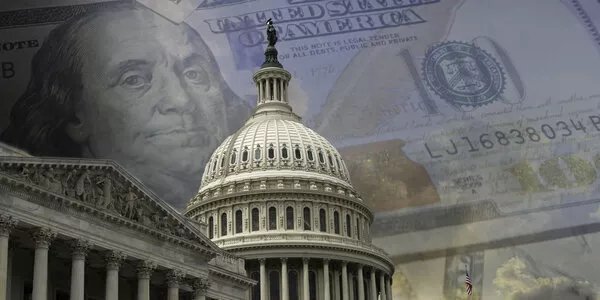
Weekly Update - Back to Trade War?
Trump’s rhetoric regarding China has hardened in recent weeks as the US has emerged as the epicentre of the pandemic, with 1.3 million confirmed cases leading to 70,000 deaths, by far the heaviest toll thus far. The total number of active cases (after accounting for deaths and recoveries) continues to rise, reaching 1.0 million on May 7. In reaction, the President stated recently that tariffs would be the “ultimate punishment” for any Chinese misdeeds and calling on China to respect the terms of the trade deal – “now they have to buy […] and if they don’t […], we’ll terminate the deal”.
The phase one trade deal signed in mid-January included a number of commitments by China to step up imports from the US – by at least $200bn over the next two years, compared to total imports of $186bn in 2017, before the trade war began. In exchange, the US suspended planned tariffs on $160bn worth of goods and cut those on a further $120bn from 15% to 7.5%, leaving the 25% tariffs on the remaining $250bn in place. As shown on the left-hand chart, Q1 Chinese imports from the US have fallen quite a way short of the 2020 target so far, perhaps not unsurprising given the slump in global trade caused by coronavirus lockdowns.
On May 7, the US Treasury Secretary and Trade representative held a conference call with China’s Vice-Premier to discuss progress so far. Reassuringly, their joint statement stated that they fully expect to meet their obligations under the deal. However, bilateral relations are likely to remain tense – President Trump appears to want a scapegoat to deflect any criticism of his handling of the pandemic; a hard line on China is one of the few areas of agreement between Republicans and Democrats at present; and likely Democrat presidential nominee Joe Biden has criticised Donald Trump of being weak on China as we head towards November’s presidential election.
Will heightened tensions reignite the trade war? To answer the question, we should consider each side’s position. For President XI, the paramount objective is likely to be ensuring that China’s rapid rise to global pre-eminence continues. For that, he needs broad support from the population, and for that he needs to continue to provide new jobs to encourage migration from the countryside to cities. This suggests China will seek to avoid initiatives which might imperil its economic strength. Moreover, Beijing is likely to seek to keep the renminbi at stable but competitive levels, close to its current 7.08 to $1.
For President Trump, the key objective will be re-election in six months’ time. He has long viewed his chances in terms of economic strength and stock market prices. Today’s severe recession is unlikely to be recovered in time to boost his prospects but he can seek to minimise its duration, which would probably be extended by an all-out trade war. Given these elements, we believe that his rhetoric is likely to remain aggressive but that he would have little to gain by relaunching the trade war.
Bottom line. Trade war tensions are set to remain high but unlikely to lead to new tariffs or sanctions ahead of the presidential elections. However, the global economy remains mired in a deep recession which will continue to weigh on corporate profits and credit quality throughout this year. Volatility levels should remain above the averages of recent years.





